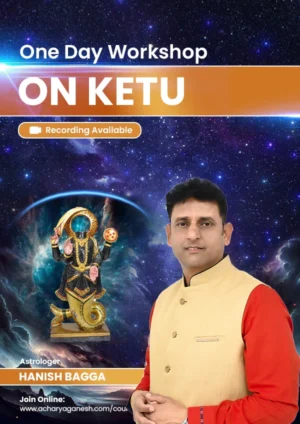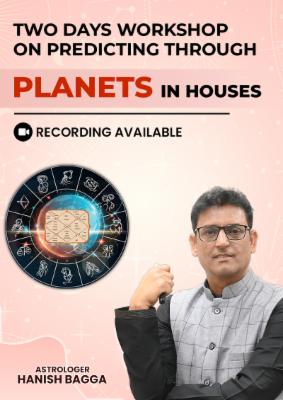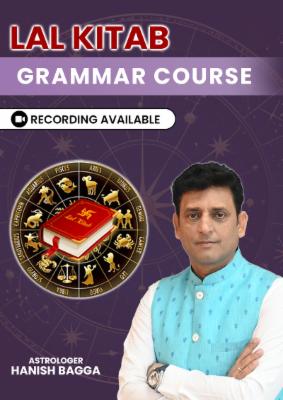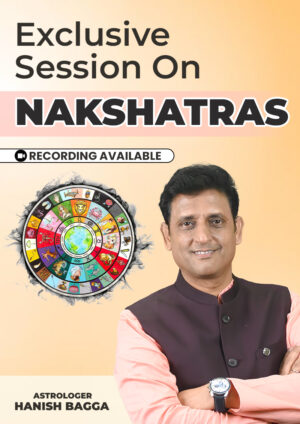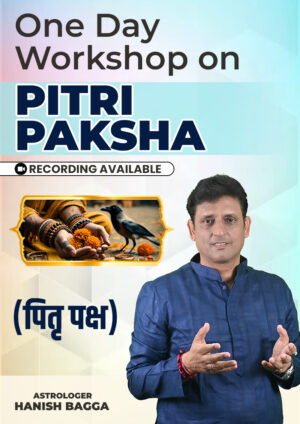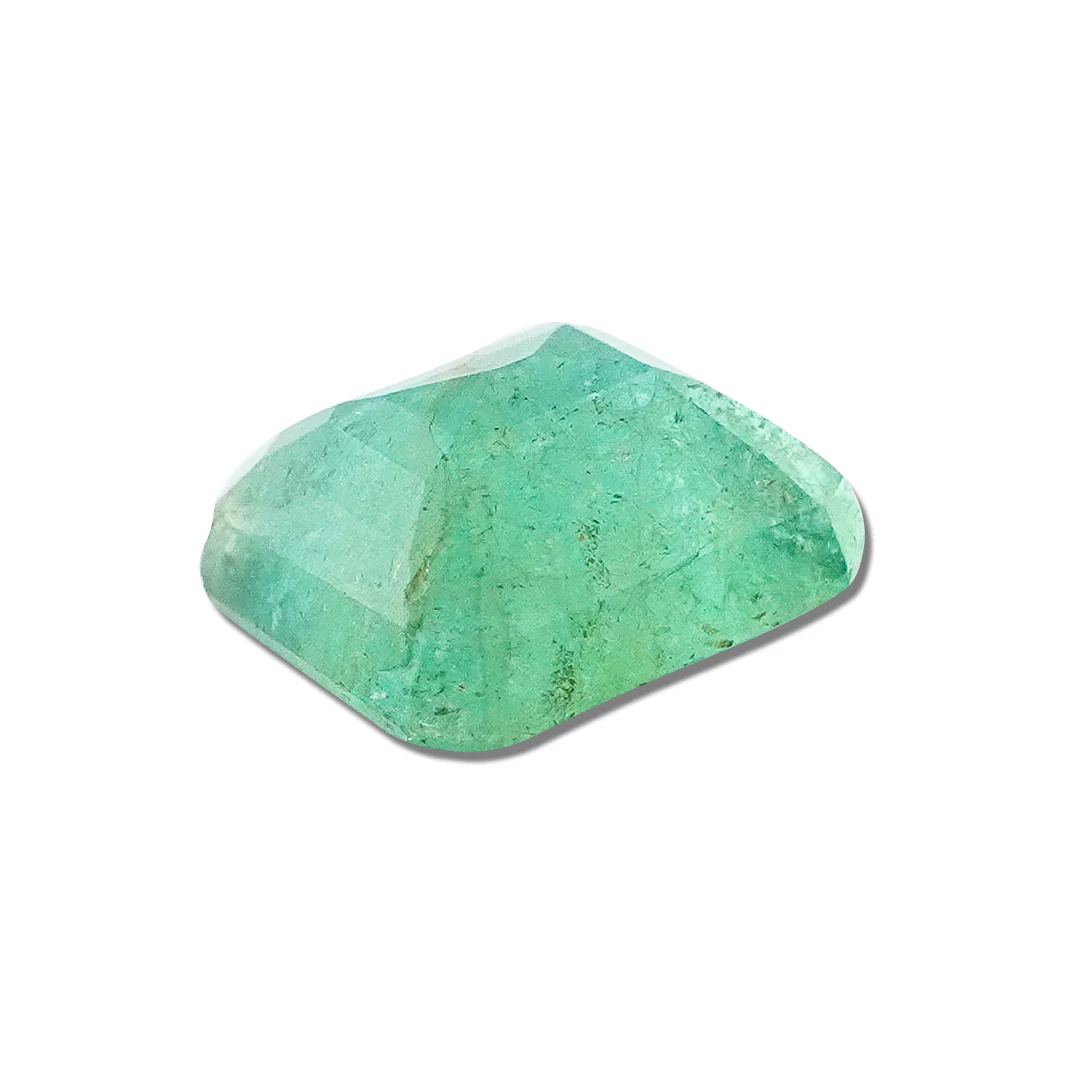- Introduction to Keshanta Sanskar
- The Millennial Generation: A Brief Overview
- Understanding the Keshanta Sanskar Ritual
- The Millennial Obsession with Keshanta Sanskar
- Modern Interpretations of Keshanta Sanskar
- Social Media and the Spread of Keshanta Sanskar
- The Psychological Benefits of Keshanta Sanskar for Millennials
- Keshanta Sanskar as a Rite of Passage
- The Role of Family and Community in Keshanta Sanskar
- Challenges Faced by Millennials in Practicing Keshanta Sanskar
- The Future of Keshanta Sanskar Among Millennials
- Keshanta Sanskar and Personal Growth
- Cultural Appropriation Concerns
- The Global Appeal of KeshantaSanskar
- Conclusion
- FAQs
Introduction to Keshanta Sanskar
Have you ever wondered why there’s suddenly so much buzz about an ancient Hindu ritual called Keshanta Sanskar? Well, you’re not alone! This age-old tradition has caught the attention of millennials worldwide, and it’s time we dive deep into this fascinating phenomenon.
The Millennial Generation: A Brief Overview
Before we jump into the Keshanta Sanskar craze, let’s take a moment to understand who millennials are. Born between 1981 and 1996, this generation has grown up in a world of rapid technological advancements and cultural shifts. They’re known for their tech-savviness, desire for authenticity, and quest for meaningful experiences.
Understanding the Keshanta Sanskar Ritual
Origins and significance
Keshanta Sanskar, also known as the “hair-cutting ceremony,” is one of the sixteen Sanskars (sacraments) in Hinduism. It’s a rite of passage that traditionally marks the transition from childhood to adulthood. But why is this particular ritual gaining so much traction among millennials?
Traditional practices
Traditionally, Keshanta Sanskar involves shaving a young man’s head, symbolizing the shedding of childhood and the embracing of adult responsibilities. It’s usually performed between the ages of 16 and 18, accompanied by prayers and blessings from elders.
The Millennial Obsession with Keshanta Sanskar
Rediscovering cultural roots
In a world that’s increasingly globalized, many millennials are feeling a pull towards their cultural roots. Keshanta Sanskar offers a tangible connection to ancient traditions, allowing them to explore and celebrate their heritage.
Seeking spiritual connection
Let’s face it, life can be pretty chaotic. Millennials are turning to spiritual practices like Keshanta Sanskar to find meaning and purpose in their lives. It’s like hitting the reset button on your soul!
Modern Interpretations of Keshanta Sanskar
Adapting ancient rituals for contemporary lifestyles
Millennials are nothing if not innovative. They’re taking the essence of Keshanta Sanskar and adapting it to fit their modern lives. Some are opting for symbolic hair trims instead of full head shaves, while others are incorporating meditation and journaling into the ritual.
Incorporating eco-friendly practices
With environmental consciousness on the rise, many millennials are giving Keshanta Sanskar an eco-friendly twist. They’re using organic hair products and donating their cut hair to organizations that make wigs for cancer patients.
Social Media and the Spread of Keshanta Sanskar
In the age of Instagram and TikTok, it’s no surprise that Keshanta Sanskar has gone viral. Millennials are sharing their experiences online, creating a virtual community around this ancient practice. It’s like a spiritual FOMO (fear of missing out) that’s driving more young people to explore this ritual.
The Psychological Benefits of Keshanta Sanskar for Millennials
Keshanta Sanskar isn’t just about hair – it’s a powerful psychological tool. The ritual can provide a sense of closure to childhood, boost self-confidence, and help in setting new life goals. It’s like pressing the ‘reset’ button on your personal growth journey.
Keshanta Sanskar as a Rite of Passage
In a world where traditional milestones like marriage and homeownership are being delayed, Keshanta Sanskar offers millennials a clear marker of adulthood. It’s a way to say, “Hey world, I’m grown up now!” without the pressure of conforming to societal expectations.
The Role of Family and Community in Keshanta Sanskar
Despite their reputation for independence, millennials are finding value in the communal aspect of Keshanta Sanskar. The ritual brings families together and strengthens community bonds. It’s like a family reunion, but with more meaning and less awkward small talk!
Challenges Faced by Millennials in Practicing Keshanta Sanskar
It’s not all smooth sailing, though. Many millennials face challenges in practicing Keshanta Sanskar. From finding knowledgeable priests to explaining the ritual to non-Hindu friends, there are hurdles to overcome. But hey, when has a little challenge ever stopped a millennial?
The Future of Keshanta Sanskar Among Millennials
As more millennials embrace Keshanta Sanskar, we’re likely to see even more creative interpretations of the ritual. Virtual Keshanta Sanskar ceremonies? Why not! The future looks bright (and possibly bald) for this ancient practice.
Keshanta Sanskar and Personal Growth
For many millennials, KeshantaSanskar is more than just a ritual – it’s a catalyst for personal growth. It’s prompting young people to reflect on their lives, set new goals, and embrace change. Think of it as a spiritual spring cleaning for your life!
Cultural Appropriation Concerns
With the growing popularity of KeshantaSanskar, concerns about cultural appropriation have arisen. It’s important for non-Hindu millennials to approach the ritual with respect and understanding, rather than treating it as a trendy fad.
The Global Appeal of KeshantaSanskar
Interestingly, KeshantaSanskar is attracting millennials beyond the Hindu community. Its themes of renewal and transition resonate with young people from diverse backgrounds. It’s become a global phenomenon, transcending cultural and religious boundaries.
Read Also: Horoscope Hype: Magazine Astrology Hidden Truths
Conclusion
The millennial obsession with KeshantaSanskar is more than just a passing trend. It’s a reflection of this generation’s quest for meaning, connection, and personal growth. As we’ve seen, KeshantaSanskar offers a unique blend of tradition and modernity that resonates deeply with millennials. Whether it’s about rediscovering roots, marking important life transitions, or simply finding a moment of spiritual connection in a chaotic world, KeshantaSanskar has found its place in the millennial zeitgeist. As this ancient practice continues to evolve and adapt, one thing is clear – KeshantaSanskar is here to stay, providing millennials with a powerful tool for self-discovery and personal transformation.
For interesting astrology-related videos, subscribe to us on Youtube
FAQs
- Is Keshanta anskar only for men?
Traditionally, yes, but modern interpretations often include women as well.
- Do I have to shave my entire head for KeshantaSanskar?
While traditional practices involve full head shaving, many modern interpretations allow for symbolic hair cutting instead.
- Can non-Hindus participate in KeshantaSanskar?
Yes, but it’s important to approach the ritual with respect and understanding of its cultural significance.
- At what age should Keshanta anskar be performed?
Traditionally, it’s done between ages 16-18, but many millennials are choosing to do it later in life as well.
- Is KeshantaSanskar a one-time ritual or can it be repeated?
While traditionally a one-time rite of passage, some millennials choose to repeat the ritual at significant life transitions.

